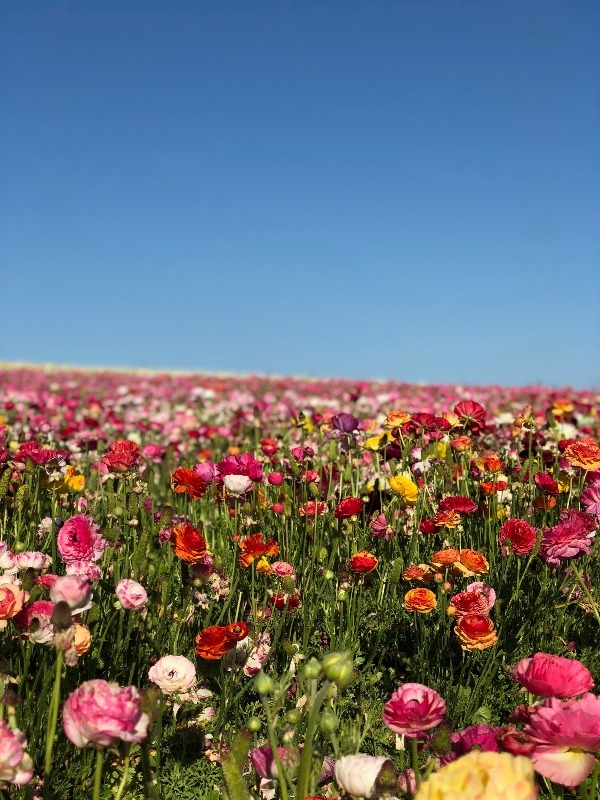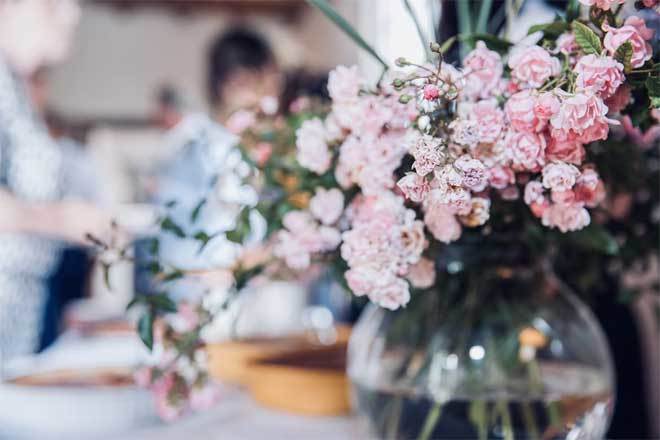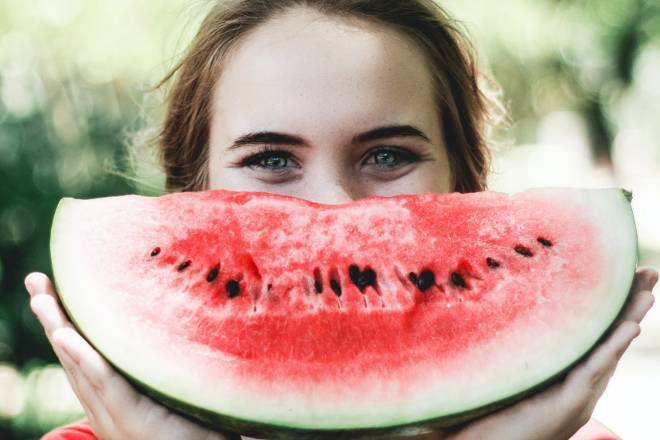
When we send flowers, where do they come from?
Valentine's day, birthdays, wedding anniversaries; all occasions that call for an exquisite bouquet of flowers. But have you ever thought about how far your favourite blooms have travelled before they even reach the UK?
The daffodil is one type of cut flower we do grow in the UK. In fact the UK is the world's biggest grower of cut daffodils, even exporting them to Holland. Early narcissi are grown in Cornwall and the Isles of Scilly, mid-season in Lincolnshire and later in the season in Scotland. Chrysanthemums are also widely grown in the UK, as well as Lisianthus, Alstroemeria and other seasonal summer flowers.
There is not enough land available in the UK to meet demand for all cut flowers however. The UK imports most of its flowers from countries with warmer weather, more land and cheaper labour costs. It may not surprise you to know that we import most of our flowers from Holland, but many of the flowers we buy from Holland have already been imported from other countries that send their blooms to the Dutch auction houses. The UK also directly imports significant numbers of cut flowers from Colombia, Israel and Kenya.
The global cut flower industry provides a vital income for millions of people. Cut flowers are Ecuador's third largest export, following petroleum and bananas. Colombia has over 100,000 flower workers under many square miles of greenhouse. Kenya is Africa's leading exporter of cut flowers, controlling 60% of the African flower trade and around one in four of the roses bought on Valentine's day originate from Kenya.
Many people have voiced concerns about the environmental impact of transporting cut flowers to the UK from these distant countries. Research published by Cranfield University in December 2006 showed however that carbon emissions generated as a result of transporting Kenyan flowers by air freight were nearly six times lower than emissions caused by growing and exporting Dutch flowers. This is partly due to the fact that Kenya has optimal growing conditions of heat and light, while growers in Holland rely on significant inputs of gas and electricity. Other environmental concerns remain however, such as the indiscriminate use of pesticides which cause harm to workers and pollute the local environment.
The flower industry in developing countries has attracted criticism in recent years as a result of the poor working conditions suffered by employees. Many of the workers employed in the flower industry are unskilled and poor, hence vulnerable to exploitation. Workers are expected to work long shifts for low wages and many employers fail to protect their employees from harm caused by exposure to pesticides and oppressive work practices.
Do these concerns mean we should boycott the flower industry? Unfortunately these problems are not unique to this industry but are widespread in developing countries. Ultimately the livelihood of these workers depends on our continued support, so instead of stopping to buy flowers altogether it would be preferable to start asking questions about where our flowers have come from and supporting fair trade suppliers.



